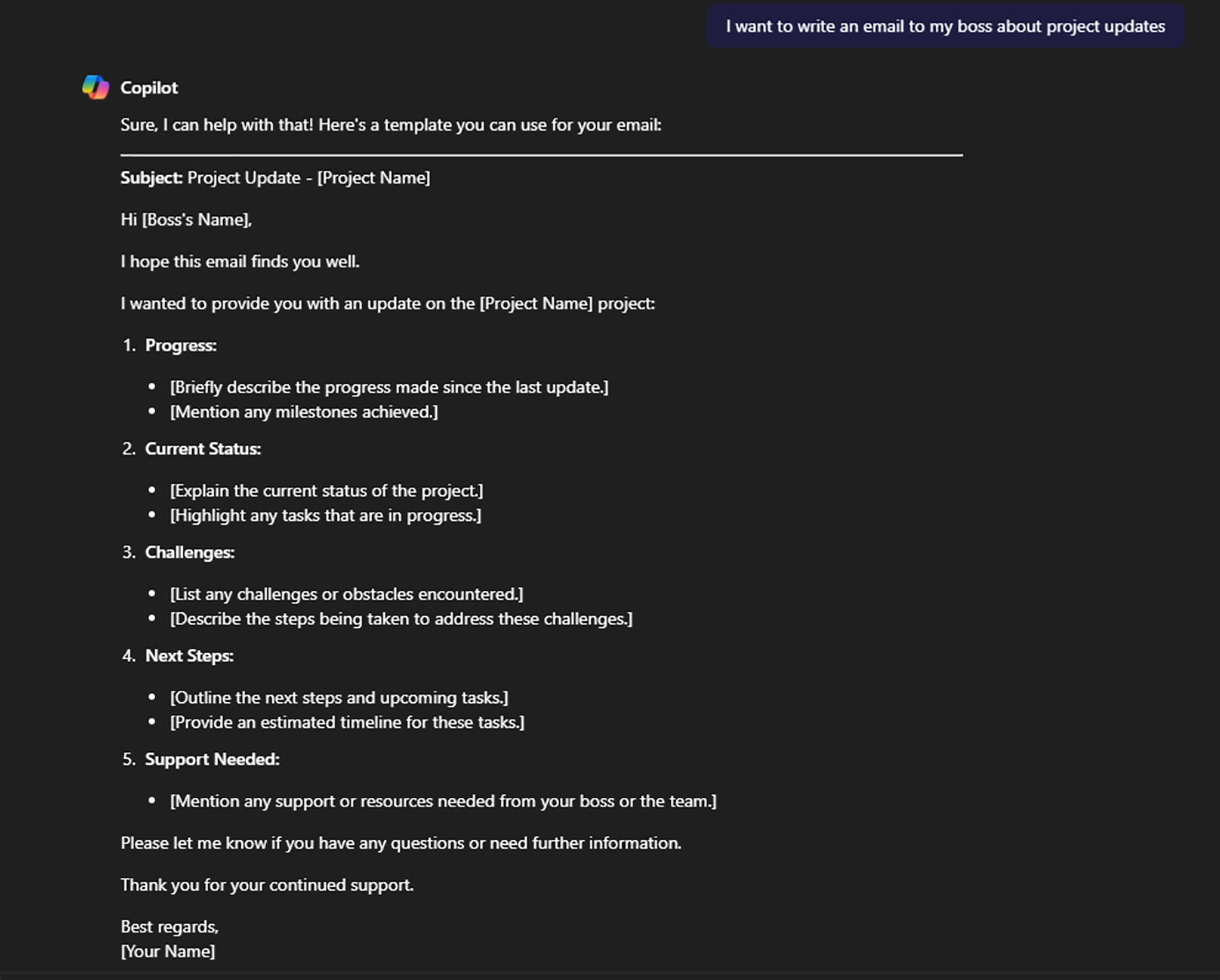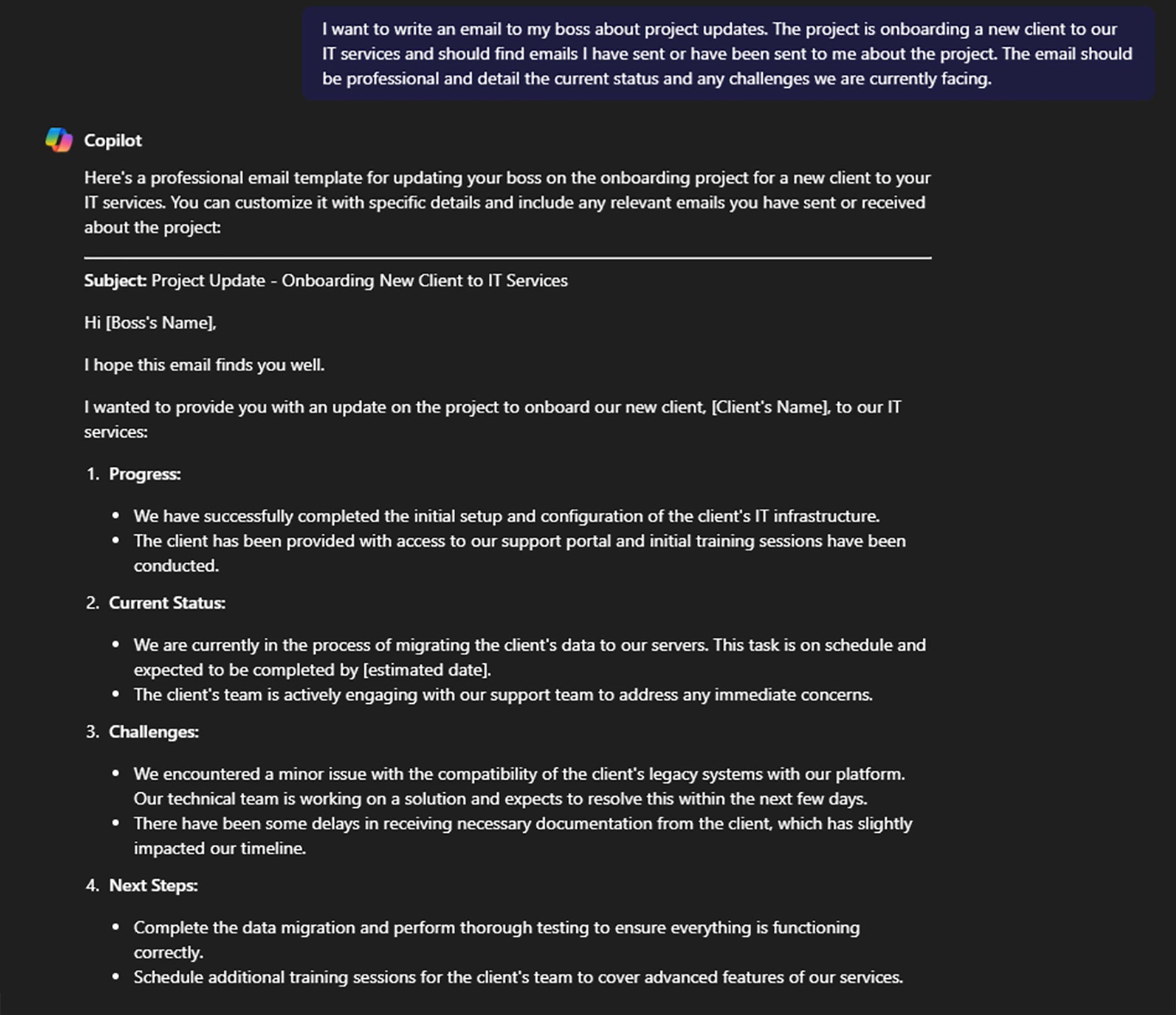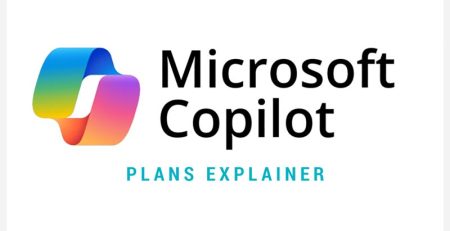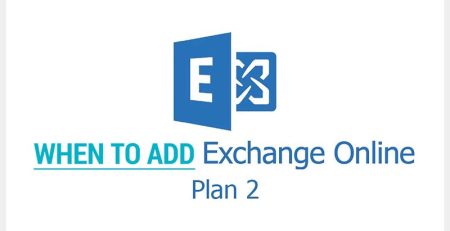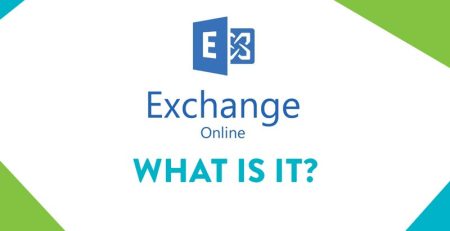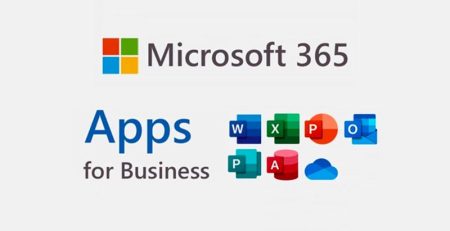How to Master Copilot Prompting
Have you ever asked Microsoft Copilot to create a sales proposal template or draft an email, only to have it fail so miserably you wonder why you even use it in the first place?
You’re not alone.
Prompting Copilot — or any generative AI tool — is more nuanced than a simple Google search. Remember how technical web searching was in the mid-1990s (for those of us who are old enough to remember)?
Until web searches understood context, a search of “best lasagna recipe” found all pages with the words “best,” “lasagna” and “recipe” even if the pages weren’t relevant. You had to use Boolean search operators like “AND,” “OR” and “NOT” to tell search engines how to find relevant pages.
It was an arduous task before Google simplified the process we know today.
To get the best results from a generative AI tool, you need to be detailed and precise in your prompts.
How do we do this?
We use the GCSE framework, of course. I know, the acronym isn’t easy to say or remember.
So, let’s break down what each letter stands for so you can learn how to become a Copilot prompting expert.
What is the GCSE Framework?
GCSE stands for goal, context, source and expectations. These are the four pieces you should add to each prompt to better your chances of getting a good response.
Goal
What is your goal with the prompt? What are you trying to accomplish? Maybe you’re writing an email to a client explaining new policies and procedures, or maybe you want to find HR documents to share with a .
Whatever it is you are trying to do, you want to be sure to explain that to Copilot first.
Context
Why do you need it and who is involved? After stating your goal, Copilot needs to know why you want this. In the above example, “writing an email to a client to explain new procedures and policies,” the context and goal are combined in one sentence, and that works just as well as separating the thoughts.
“Copilot can save you hundreds if not thousands of hours helping you with mundane and repetitive tasks. Don’t waste your valuable time; start utilizing Copilot to increase your organization’s production and efficiency.”
As another example, maybe your goal is a summary of Teams messages, but the context is you have a meeting with your boss and they want to discuss updates about a certain project. So, you should ask Copilot to find any messages to and from other team members about the project because you’re going to discuss it with your boss later.
Source
Which information sources should Copilot use? If you have the paid version, Copilot can be grounded in your work data and the internet, but it doesn’t know where to look unless you tell it or create a specific agent.
In the Teams messages example, you’re asking Copilot to look in your Teams messages. If you want to create a sales proposal for a new client, you should ask Copilot to reference the template that has already been created to ensure it aligns with your company’s style.
Expectations
How should Copilot respond? Copilot can mimic any tone you want, from professional and confident to friendly and quirky. If you’re drafting a social media post, it’s OK to be funny and casual, but an email to a client warrants a professional tone.
If you’re explaining a new product to nontechnical users, you can ask Copilot to remove any technical jargon that your audience doesn’t understand.
The more specific you are regarding your expectations — or any piece of the framework — the better Copilot’s response will be.
Examples of Bad and Good Copilot Prompts
To show you how Copilot reacts to a bad prompt vs. a good prompt, look at the screenshots below.
Notice in the first screenshot (the bad prompt) that only the goal and the context are given. There’s no mention of the source or expectations. Because the prompt isn’t detailed, the response is a template, asking the user to fill in most of the information.
In the second screenshot, the prompt is much more detailed and tells Copilot where to look for the information and what kind of tone the email should follow. As a result, it’s much more detailed and specific.
The user can fill in more details if they want, but they already have a first draft to work with.
Of course, with Copilot, it’s important to remember that it can make mistakes. It’s new technology that is constantly learning and improving, so the more you point out its errors, the better it will get.
Ready to Start Using Copilot?
Copilot can save you hundreds if not thousands of hours helping you with mundane and repetitive tasks. Don’t waste your valuable time; start utilizing Copilot to increase your organization’s production and efficiency.
Ready to boost your productivity? Contact us today to discover how Copilot can transform your workflow.
Stay updated! Get tips and insights delivered to your inbox weekly by subscribing to our newsletter.


